Cross Country Skis

- - 38 %
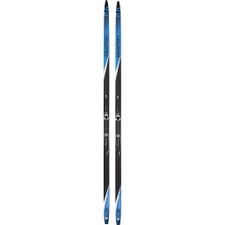 SalomonRS 8 + Prolink Pro 23/24 Skating Ski Set (Ski + Binding)MSRP 319,95 €199,00 €Available Sizes:174179186191
SalomonRS 8 + Prolink Pro 23/24 Skating Ski Set (Ski + Binding)MSRP 319,95 €199,00 €Available Sizes:174179186191
- - 35 %
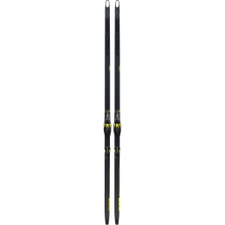 FischerRCS Plus Stiff + Race Skate 23/24 Skating Ski Set (Ski + Binding)MSRP 609,95 €399,00 €Available Sizes:191
FischerRCS Plus Stiff + Race Skate 23/24 Skating Ski Set (Ski + Binding)MSRP 609,95 €399,00 €Available Sizes:191 - - 11 %
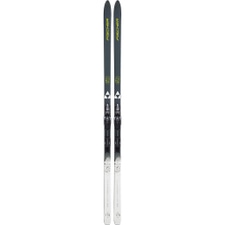 FischerAdventure 62 Crown Xtralite + Control Step-In 23/24 Classic No-Wax Ski Set (Ski + Binding)MSRP 269,95 €239,95 €Available Sizes:169179189199
FischerAdventure 62 Crown Xtralite + Control Step-In 23/24 Classic No-Wax Ski Set (Ski + Binding)MSRP 269,95 €239,95 €Available Sizes:169179189199 - - 38 %
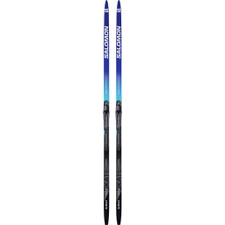 SalomonS/Max Skate + Prolink Shift-In 22/23 Skating Ski Set (Ski + Binding)MSRP 479,95 €299,00 €Available Sizes:170177182187
SalomonS/Max Skate + Prolink Shift-In 22/23 Skating Ski Set (Ski + Binding)MSRP 479,95 €299,00 €Available Sizes:170177182187
- - 11 %
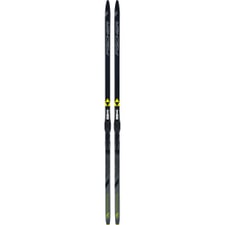 FischerTwin Skin Sport EF + Tour Step-In 23/24 Classic No-Wax Ski Set (Ski + Binding)MSRP 224,95 €199,95 €Available Sizes:189194199
FischerTwin Skin Sport EF + Tour Step-In 23/24 Classic No-Wax Ski Set (Ski + Binding)MSRP 224,95 €199,95 €Available Sizes:189194199 - - 47 %
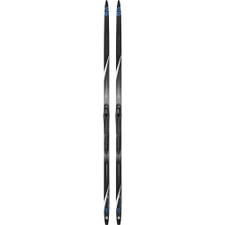 SalomonRS 10 + Prolink Shift-In 22/23 Skating Ski Set (Ski + Binding)MSRP 429,95 €229,00 €Available Sizes:170177182187192
SalomonRS 10 + Prolink Shift-In 22/23 Skating Ski Set (Ski + Binding)MSRP 429,95 €229,00 €Available Sizes:170177182187192
- - 19 %
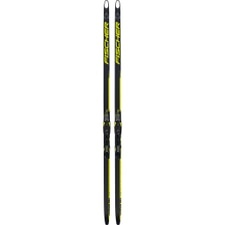 FischerCarbonlite + Race 23/24 Skating Ski Set (Ski + Bindings) KidsMSRP 334,95 €269,95 €Available Sizes:141146151156161
FischerCarbonlite + Race 23/24 Skating Ski Set (Ski + Bindings) KidsMSRP 334,95 €269,95 €Available Sizes:141146151156161 - - 22 %
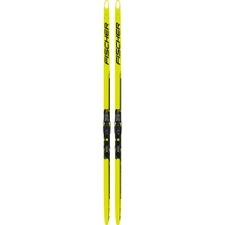 FischerSpeedmax + Race 23/24 Skating Ski Set (Ski + Bindings) KidsMSRP 384,95 €299,95 €Available Sizes:141146156161166
FischerSpeedmax + Race 23/24 Skating Ski Set (Ski + Bindings) KidsMSRP 384,95 €299,95 €Available Sizes:141146156161166 - - 14 %
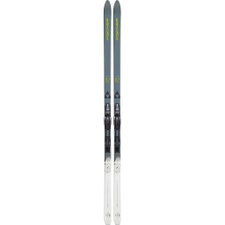 FischerSpider 62 Crown Xtralite + Control Step-In 23/24 Classic No-Wax Ski Set (Ski + Binding)MSRP 349,95 €299,95 €Available Sizes:169189199
FischerSpider 62 Crown Xtralite + Control Step-In 23/24 Classic No-Wax Ski Set (Ski + Binding)MSRP 349,95 €299,95 €Available Sizes:169189199 - - 38 %
 SalomonRS 8 X-Stiff + Prolink Pro 22/23 Skating Ski Set (Ski + Binding)MSRP 319,95 €199,00 €Available Sizes:179191
SalomonRS 8 X-Stiff + Prolink Pro 22/23 Skating Ski Set (Ski + Binding)MSRP 319,95 €199,00 €Available Sizes:179191
- - 35 %
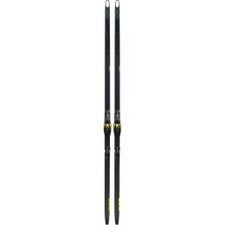 FischerRCS Plus Medium + Race Skate 23/24 Skating Ski Set (Ski + Binding)MSRP 609,95 €399,00 €Available Sizes:171176181186191
FischerRCS Plus Medium + Race Skate 23/24 Skating Ski Set (Ski + Binding)MSRP 609,95 €399,00 €Available Sizes:171176181186191 - - 11 %
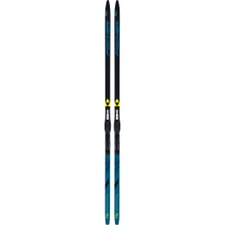 FischerFibre Crown EF + Tour Step-In 23/24 Classic No-Wax Ski Set (Ski + Binding)MSRP 224,95 €199,95 €Available Sizes:176179184189194
FischerFibre Crown EF + Tour Step-In 23/24 Classic No-Wax Ski Set (Ski + Binding)MSRP 224,95 €199,95 €Available Sizes:176179184189194 - - 37 %
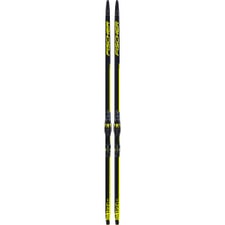 FischerTwin Skin Pro Stiff + Control Step-In 23/24 Classic No-Wax Ski Set (Ski + Binding)MSRP 409,95 €259,00 €Available Sizes:187197202207
FischerTwin Skin Pro Stiff + Control Step-In 23/24 Classic No-Wax Ski Set (Ski + Binding)MSRP 409,95 €259,00 €Available Sizes:187197202207 - - 28 %
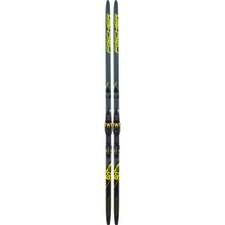 FischerAerolite 60 + Control Skate Step-In 22/23 Skating Ski Set (Ski + Binding)MSRP 249,90 €179,95 €Available Sizes:181186191
FischerAerolite 60 + Control Skate Step-In 22/23 Skating Ski Set (Ski + Binding)MSRP 249,90 €179,95 €Available Sizes:181186191 - - 36 %
 SalomonRS 7 X-Stiff + Prolink Access 23/24 Skating Ski Set (Ski + Binding)MSRP 249,95 €159,00 €Available Sizes:191
SalomonRS 7 X-Stiff + Prolink Access 23/24 Skating Ski Set (Ski + Binding)MSRP 249,95 €159,00 €Available Sizes:191
- - 34 %
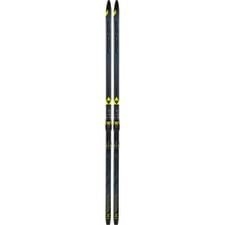 FischerTwin Skin Superlite EF Stiff + Control Step-In 23/24 Classic No-Wax Ski Set (Ski + Binding)MSRP 359,95 €239,00 €Available Sizes:179184189194199
FischerTwin Skin Superlite EF Stiff + Control Step-In 23/24 Classic No-Wax Ski Set (Ski + Binding)MSRP 359,95 €239,00 €Available Sizes:179184189194199 - - 31 %
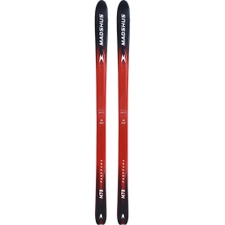 MadshusPanorama M78 23/24 Backcountry Ski Red - BlackMSRP 389,95 €269,00 €Available Sizes:162
MadshusPanorama M78 23/24 Backcountry Ski Red - BlackMSRP 389,95 €269,00 €Available Sizes:162 - - 37 %
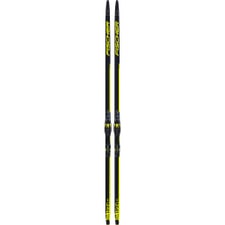 FischerTwin Skin Pro Medium + Control Step-in 23/24 Classic No-Wax Ski Set (Ski + Binding)MSRP 409,95 €259,00 €Available Sizes:187197202207
FischerTwin Skin Pro Medium + Control Step-in 23/24 Classic No-Wax Ski Set (Ski + Binding)MSRP 409,95 €259,00 €Available Sizes:187197202207 - - 20 %
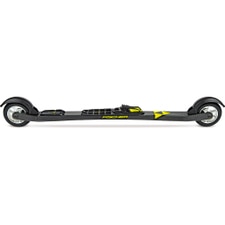 FischerSpeedmax Skate Rollerski excl. BindingMSRP 449,95 €359,00 €One size
FischerSpeedmax Skate Rollerski excl. BindingMSRP 449,95 €359,00 €One size - - 35 %
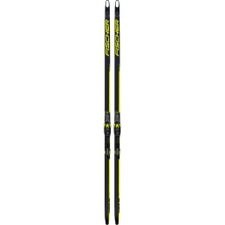 FischerCarbonlite Plus Stiff 23/24 Skating SkiMSRP 679,95 €439,00 €Available Sizes:171181186
FischerCarbonlite Plus Stiff 23/24 Skating SkiMSRP 679,95 €439,00 €Available Sizes:171181186 - - 38 %
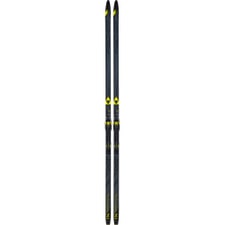 FischerSuperlite Crown EF + Control Step-In 23/24 Classic No-Wax Ski Set (Ski + Binding)MSRP 319,95 €199,00 €Available Sizes:179184189194199
FischerSuperlite Crown EF + Control Step-In 23/24 Classic No-Wax Ski Set (Ski + Binding)MSRP 319,95 €199,00 €Available Sizes:179184189194199 - - 21 %
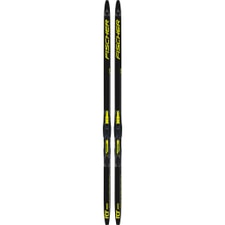 FischerRCR + Tour Step-In 23/24 Skating Ski Set (Ski + Bindings) KidsMSRP 214,95 €169,95 €Available Sizes:121131141151161
FischerRCR + Tour Step-In 23/24 Skating Ski Set (Ski + Bindings) KidsMSRP 214,95 €169,95 €Available Sizes:121131141151161 - - 33 %
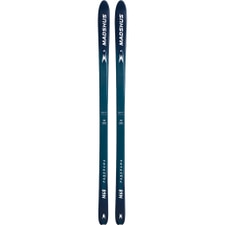 MadshusPanorama M68 23/24 Backcountry Ski GreenMSRP 369,95 €249,00 €Available Sizes:172182192
MadshusPanorama M68 23/24 Backcountry Ski GreenMSRP 369,95 €249,00 €Available Sizes:172182192 - - 41 %
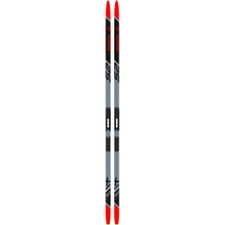 RossignolX-Ium Premium+ S2 Stiff 23/24 Skating SkiMSRP 679,95 €399,00 €Available Sizes:183188193
RossignolX-Ium Premium+ S2 Stiff 23/24 Skating SkiMSRP 679,95 €399,00 €Available Sizes:183188193 - - 25 %
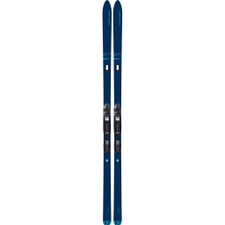 FischerOutback 68 Crown/Skin Xtralite 23/24 Backcountry SkiMSRP 329,95 €249,00 €Available Sizes:169189199
FischerOutback 68 Crown/Skin Xtralite 23/24 Backcountry SkiMSRP 329,95 €249,00 €Available Sizes:169189199 - - 36 %
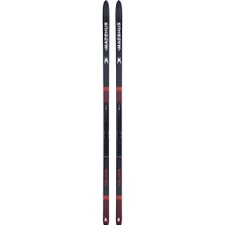 MadshusFjelltech M50 23/24 Classic No-Wax Ski Black - RedMSRP 309,95 €199,00 €Available Sizes:192
MadshusFjelltech M50 23/24 Classic No-Wax Ski Black - RedMSRP 309,95 €199,00 €Available Sizes:192 - - 12 %
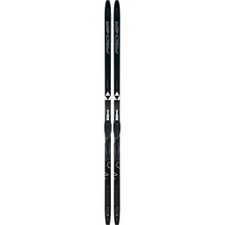 FischerApollo EF + Tour Step-In 23/24 Classic No-Wax Ski Set (Ski + Binding)MSRP 214,95 €189,95 €Available Sizes:SMLXL
FischerApollo EF + Tour Step-In 23/24 Classic No-Wax Ski Set (Ski + Binding)MSRP 214,95 €189,95 €Available Sizes:SMLXL - - 17 %
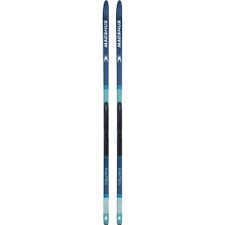 MadshusFjelltech M44 23/24 Classic No-Wax Ski Blue - GreenMSRP 299,95 €249,95 €Available Sizes:177187192
MadshusFjelltech M44 23/24 Classic No-Wax Ski Blue - GreenMSRP 299,95 €249,95 €Available Sizes:177187192 - - 32 %
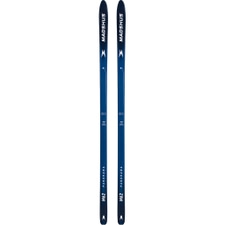 MadshusPanorama M62 23/24 Backcountry Ski Blue - BlackMSRP 349,95 €239,00 €Available Sizes:162172182192202
MadshusPanorama M62 23/24 Backcountry Ski Blue - BlackMSRP 349,95 €239,00 €Available Sizes:162172182192202 - - 38 %
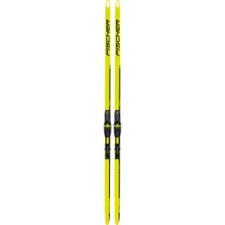 FischerSpeedmax 3D Plus Medium 23/24 Skating SkiMSRP 799,90 €499,00 €Available Sizes:176186191
FischerSpeedmax 3D Plus Medium 23/24 Skating SkiMSRP 799,90 €499,00 €Available Sizes:176186191 - - 46 %
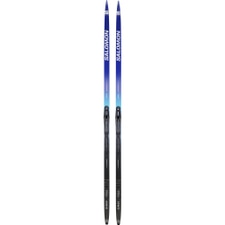 SalomonS/Max Eskin Med + Prolink Shift-In 22/23 Classic No-Wax Ski Set (Ski + Binding)MSRP 479,95 €259,00 €Available Sizes:196
SalomonS/Max Eskin Med + Prolink Shift-In 22/23 Classic No-Wax Ski Set (Ski + Binding)MSRP 479,95 €259,00 €Available Sizes:196
- - 38 %
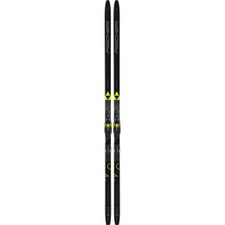 FischerOrbiter EF + Control Step-In 23/24 Classic No-Wax Ski Set (Ski + Binding)MSRP 319,95 €199,00 €Available Sizes:MLXL
FischerOrbiter EF + Control Step-In 23/24 Classic No-Wax Ski Set (Ski + Binding)MSRP 319,95 €199,00 €Available Sizes:MLXL - - 26 %
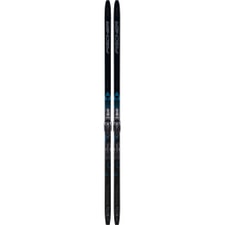 FischerTwin Skin Cruiser EF + Control Step-In 23/24 Classic No-Wax Ski Set (Ski + Binding)MSRP 309,95 €229,00 €Available Sizes:SL
FischerTwin Skin Cruiser EF + Control Step-In 23/24 Classic No-Wax Ski Set (Ski + Binding)MSRP 309,95 €229,00 €Available Sizes:SL - - 41 %
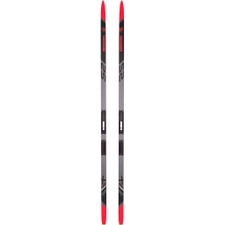 RossignolX-Ium Premium+ S2 23/24 Skating SkiMSRP 679,95 €399,00 €Available Sizes:173178183188193
RossignolX-Ium Premium+ S2 23/24 Skating SkiMSRP 679,95 €399,00 €Available Sizes:173178183188193 - - 19 %
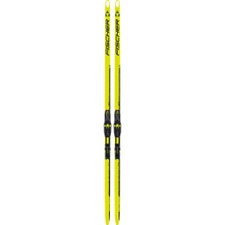 FischerSpeedmax Helium Plus Stiff 23/24 Skating SkiMSRP 859,95 €699,00 €Available Sizes:176181186
FischerSpeedmax Helium Plus Stiff 23/24 Skating SkiMSRP 859,95 €699,00 €Available Sizes:176181186 - - 32 %
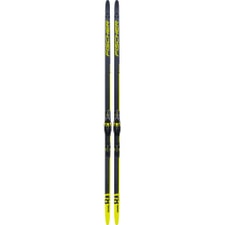 FischerAerolite Skate 80 + Race 23/24 Skating SkiMSRP 409,95 €279,00 €Available Sizes:171176181186191
FischerAerolite Skate 80 + Race 23/24 Skating SkiMSRP 409,95 €279,00 €Available Sizes:171176181186191 - - 21 %
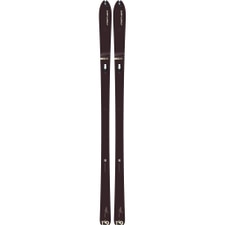 FischerS-Bound 98 Crown/Dual-Skin Xtralite 23/24 Backcountry SkiMSRP 439,95 €349,00 €Available Sizes:169179189
FischerS-Bound 98 Crown/Dual-Skin Xtralite 23/24 Backcountry SkiMSRP 439,95 €349,00 €Available Sizes:169179189 - - 32 %
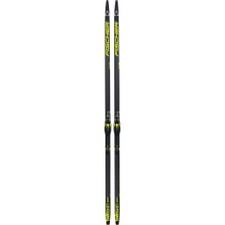 FischerTwin Skin Superior Stiff + Race Classic 23/24 Classic No-Wax Ski Set (Ski + Binding)MSRP 509,95 €349,00 €Available Sizes:187192197202207
FischerTwin Skin Superior Stiff + Race Classic 23/24 Classic No-Wax Ski Set (Ski + Binding)MSRP 509,95 €349,00 €Available Sizes:187192197202207 - - 37 %
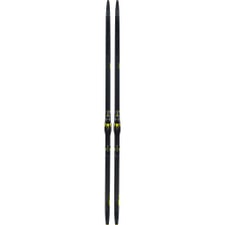 FischerTwin Skin Race Stiff + Race Classic 23/24 Classic No-Wax Ski Set (Ski + Binding)MSRP 549,95 €349,00 €Available Sizes:187192197202207
FischerTwin Skin Race Stiff + Race Classic 23/24 Classic No-Wax Ski Set (Ski + Binding)MSRP 549,95 €349,00 €Available Sizes:187192197202207 - - 40 %
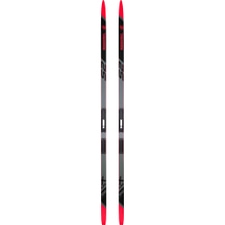 RossignolX-Ium + Race 23/24 Skating Ski Set (Ski + Binding)MSRP 499,95 €299,00 €Available Sizes:173180186192
RossignolX-Ium + Race 23/24 Skating Ski Set (Ski + Binding)MSRP 499,95 €299,00 €Available Sizes:173180186192 - - 36 %
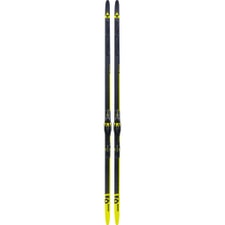 FischerAerolite Skate 90 Stiff + Race 23/24 Skating Ski Set (Ski + Binding)MSRP 469,95 €299,00 €Available Sizes:176181186191
FischerAerolite Skate 90 Stiff + Race 23/24 Skating Ski Set (Ski + Binding)MSRP 469,95 €299,00 €Available Sizes:176181186191 - - 46 %
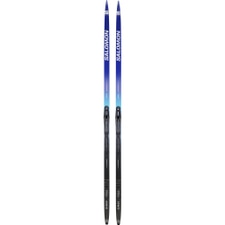 SalomonS/Max Eskin Hard + Prolink Shift-In 22/23 Classic No-Wax Ski Set (Ski + Binding)MSRP 479,95 €259,00 €Available Sizes:196201206
SalomonS/Max Eskin Hard + Prolink Shift-In 22/23 Classic No-Wax Ski Set (Ski + Binding)MSRP 479,95 €259,00 €Available Sizes:196201206
- - 12 %
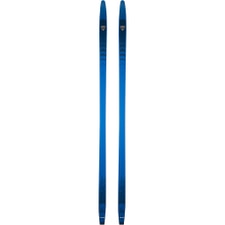 RossignolBC 65 Positrack 23/24 Backcountry Ski 000MSRP 249,95 €219,95 €Available Sizes:165195
RossignolBC 65 Positrack 23/24 Backcountry Ski 000MSRP 249,95 €219,95 €Available Sizes:165195 - - 18 %
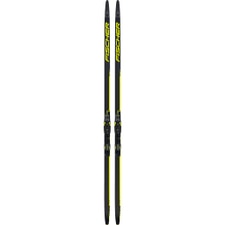 FischerTwin Skin Carbon + Race 22/23 Classic No-Wax Ski Set (Ski + Binding) KidsMSRP 364,95 €299,95 €Available Sizes:162167172182
FischerTwin Skin Carbon + Race 22/23 Classic No-Wax Ski Set (Ski + Binding) KidsMSRP 364,95 €299,95 €Available Sizes:162167172182 - - 19 %
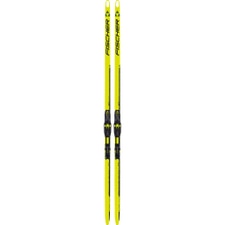 FischerSpeedmax Helium Plus Medium 23/24 Skating SkiMSRP 859,95 €699,00 €Available Sizes:176181186191
FischerSpeedmax Helium Plus Medium 23/24 Skating SkiMSRP 859,95 €699,00 €Available Sizes:176181186191 - - 36 %
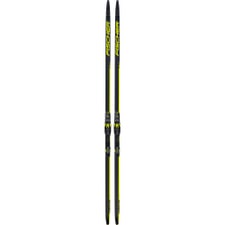 FischerTwin Skin Carbon Pro Medium 22/23 Classic No-Wax SkiMSRP 619,95 €399,00 €Available Sizes:192197202
FischerTwin Skin Carbon Pro Medium 22/23 Classic No-Wax SkiMSRP 619,95 €399,00 €Available Sizes:192197202 - - 35 %
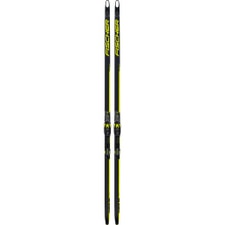 FischerCarbonlite Plus X-Stiff 23/24 Skating SkiMSRP 679,95 €439,00 €Available Sizes:186191
FischerCarbonlite Plus X-Stiff 23/24 Skating SkiMSRP 679,95 €439,00 €Available Sizes:186191 - - 19 %
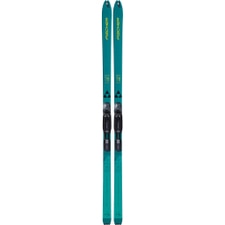 FischerTraverse 78 Crown/Skin Xtralite 23/24 Backcountry SkiMSRP 369,95 €299,00 €Available Sizes:169179189199
FischerTraverse 78 Crown/Skin Xtralite 23/24 Backcountry SkiMSRP 369,95 €299,00 €Available Sizes:169179189199 - - 37 %
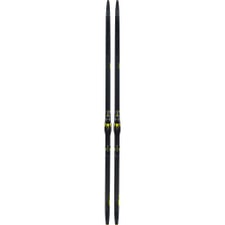 FischerTwin Skin Race Medium + Race Classic 23/24 Classic No-Wax Ski Set (Ski + Binding)MSRP 549,95 €349,00 €Available Sizes:187192197202207
FischerTwin Skin Race Medium + Race Classic 23/24 Classic No-Wax Ski Set (Ski + Binding)MSRP 549,95 €349,00 €Available Sizes:187192197202207 - - 35 %
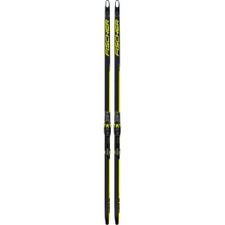 FischerCarbonlite Plus Medium 23/24 Skating SkiMSRP 679,95 €439,00 €Available Sizes:171176181186191
FischerCarbonlite Plus Medium 23/24 Skating SkiMSRP 679,95 €439,00 €Available Sizes:171176181186191 - - 35 %
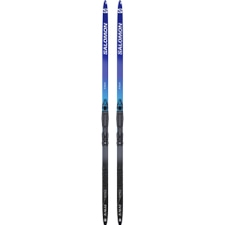 SalomonS/Max + Prolink Race 23/24 Skating Ski Set (Ski + Binding) KidsMSRP 259,95 €169,00 €Available Sizes:137144151158165
SalomonS/Max + Prolink Race 23/24 Skating Ski Set (Ski + Binding) KidsMSRP 259,95 €169,00 €Available Sizes:137144151158165
- - 38 %
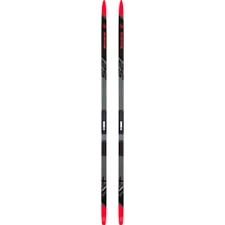 RossignolX-Ium WCS S2 + Race Pro 23/24 Skating Ski Set (Ski + Binding)MSRP 639,95 €399,00 €Available Sizes:167173180186192
RossignolX-Ium WCS S2 + Race Pro 23/24 Skating Ski Set (Ski + Binding)MSRP 639,95 €399,00 €Available Sizes:167173180186192 - - 23 %
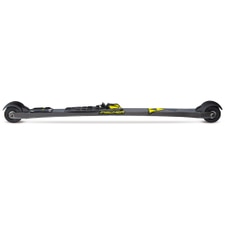 FischerSpeedmax Classic Medium Rollerski excl. BindingMSRP 519,95 €399,00 €One size
FischerSpeedmax Classic Medium Rollerski excl. BindingMSRP 519,95 €399,00 €One size - - 45 %
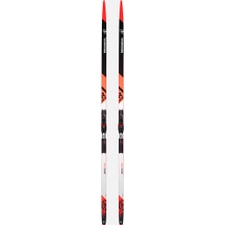 RossignolDelta Comp R-Skin + Race Medium 22/23 Classic No-Wax Ski Set (Ski + Binding)MSRP 414,95 €229,00 €Available Sizes:191198203208
RossignolDelta Comp R-Skin + Race Medium 22/23 Classic No-Wax Ski Set (Ski + Binding)MSRP 414,95 €229,00 €Available Sizes:191198203208 - - 32 %
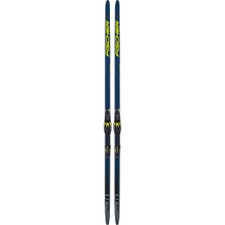 FischerAerolite Skate 70 + Control 23/24 Skating Ski Set (Ski + Binding)MSRP 319,95 €219,00 €Available Sizes:171176181186191
FischerAerolite Skate 70 + Control 23/24 Skating Ski Set (Ski + Binding)MSRP 319,95 €219,00 €Available Sizes:171176181186191 - - 36 %
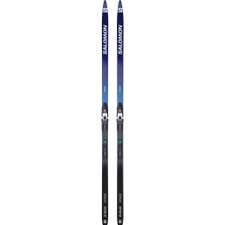 SalomonS/Max Eskin + Prolink Shift Pro 22/23 Classic No-Wax Ski Set (Ski + Binding) KidsMSRP 264,95 €169,00 €Available Sizes:125135145155165
SalomonS/Max Eskin + Prolink Shift Pro 22/23 Classic No-Wax Ski Set (Ski + Binding) KidsMSRP 264,95 €169,00 €Available Sizes:125135145155165
- - 13 %
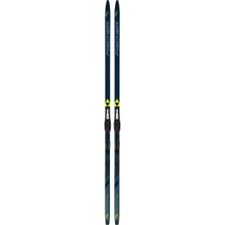 FischerTwin Skin Power EF Stiff + Tour Step IN 23/24 Classic No-Wax Ski Set (Ski + Binding)MSRP 274,95 €239,95 €Available Sizes:184189194199204
FischerTwin Skin Power EF Stiff + Tour Step IN 23/24 Classic No-Wax Ski Set (Ski + Binding)MSRP 274,95 €239,95 €Available Sizes:184189194199204 - - 35 %
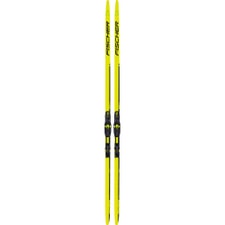 FischerTwin Skin Speedmax 3D Medium 23/24 Classic No-Wax SkiMSRP 839,95 €549,00 €Available Sizes:207
FischerTwin Skin Speedmax 3D Medium 23/24 Classic No-Wax SkiMSRP 839,95 €549,00 €Available Sizes:207 - - 12 %
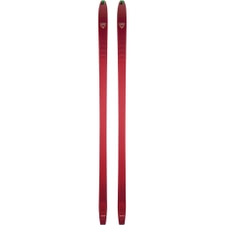 RossignolBC 80 Positrack 23/24 Backcountry Ski 000MSRP 339,95 €299,95 €Available Sizes:186
RossignolBC 80 Positrack 23/24 Backcountry Ski 000MSRP 339,95 €299,95 €Available Sizes:186 - - 20 %
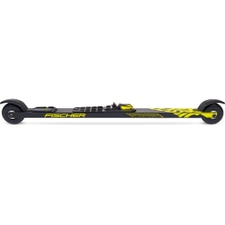 FischerRC7 Classic FR Rollerski excl. BindingMSRP 299,95 €239,00 €One size
FischerRC7 Classic FR Rollerski excl. BindingMSRP 299,95 €239,00 €One size - - 46 %
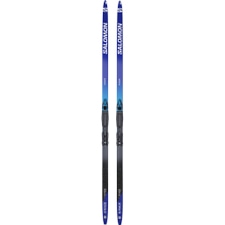 SalomonS/Race + Prolink Race 23/24 Skating Ski Set (Ski + Binding) KidsMSRP 329,95 €179,00 €Available Sizes:141148155162169
SalomonS/Race + Prolink Race 23/24 Skating Ski Set (Ski + Binding) KidsMSRP 329,95 €179,00 €Available Sizes:141148155162169
- - 36 %
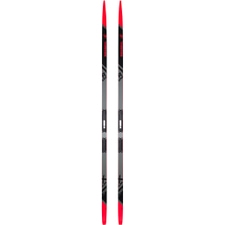 RossignolX-Ium R-Skin Stiff 22/23 Classic No-Wax SkiMSRP 469,95 €299,00 €Available Sizes:191198203208
RossignolX-Ium R-Skin Stiff 22/23 Classic No-Wax SkiMSRP 469,95 €299,00 €Available Sizes:191198203208 - - 36 %
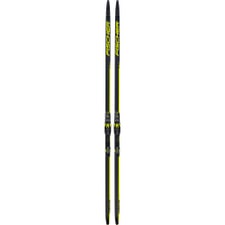 FischerTwin Skin Carbon Pro Stiff 23/24 Classic No-Wax SkiMSRP 619,95 €399,00 €Available Sizes:197202207
FischerTwin Skin Carbon Pro Stiff 23/24 Classic No-Wax SkiMSRP 619,95 €399,00 €Available Sizes:197202207 - - 19 %
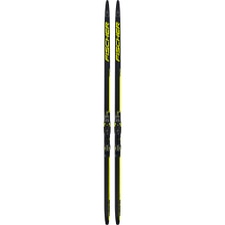 FischerCarbonlite + Race 23/24 Classic Wax Ski Set (Ski + Binding) KidsMSRP 334,95 €269,95 €Available Sizes:157167172177182
FischerCarbonlite + Race 23/24 Classic Wax Ski Set (Ski + Binding) KidsMSRP 334,95 €269,95 €Available Sizes:157167172177182 - - 38 %
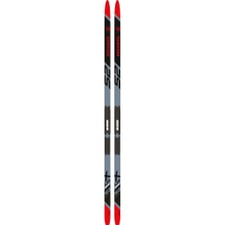 RossignolX-Ium Skating WCS JR + Race Jr 23/24 Skating Ski Set (Ski + Binding) KidsMSRP 319,95 €199,00 €Available Sizes:143153163
RossignolX-Ium Skating WCS JR + Race Jr 23/24 Skating Ski Set (Ski + Binding) KidsMSRP 319,95 €199,00 €Available Sizes:143153163 - - 38 %
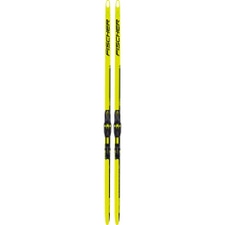 FischerSpeedmax 3D 61K Stiff 23/24 Skating SkiMSRP 799,95 €499,00 €Available Sizes:181186
FischerSpeedmax 3D 61K Stiff 23/24 Skating SkiMSRP 799,95 €499,00 €Available Sizes:181186 - - 35 %
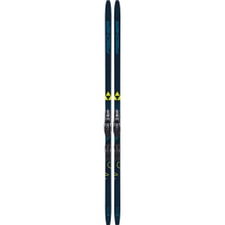 FischerCruiser EF + Control Step-In 23/24 Classic No-Wax Ski Set (Ski + Binding)MSRP 289,95 €189,00 €Available Sizes:MLXL
FischerCruiser EF + Control Step-In 23/24 Classic No-Wax Ski Set (Ski + Binding)MSRP 289,95 €189,00 €Available Sizes:MLXL - - 32 %
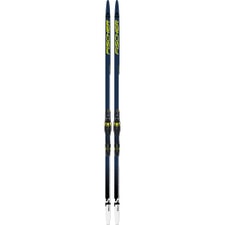 FischerTwin Skin Performance Stiff + Race 23/24 Classic No-Wax Ski Set (Ski + Binding)MSRP 319,95 €219,00 €Available Sizes:182187192197202
FischerTwin Skin Performance Stiff + Race 23/24 Classic No-Wax Ski Set (Ski + Binding)MSRP 319,95 €219,00 €Available Sizes:182187192197202 - - 39 %
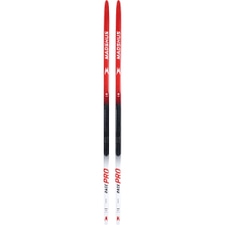 MadshusRace Pro Stiff 23/24 Skating SkiMSRP 519,95 €319,00 €Available Sizes:182
MadshusRace Pro Stiff 23/24 Skating SkiMSRP 519,95 €319,00 €Available Sizes:182
- - 25 %
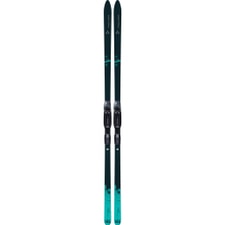 FischerTransnordic 66 Crown Xtralite 23/24 Backcountry SkiMSRP 329,95 €249,00 €Available Sizes:185190
FischerTransnordic 66 Crown Xtralite 23/24 Backcountry SkiMSRP 329,95 €249,00 €Available Sizes:185190 - - 35 %
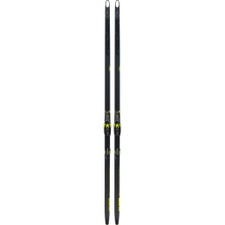 FischerRCS Cold Stiff + Race Skate 23/24 Skating Ski Set (Ski + Binding)MSRP 609,95 €399,00 €Available Sizes:191
FischerRCS Cold Stiff + Race Skate 23/24 Skating Ski Set (Ski + Binding)MSRP 609,95 €399,00 €Available Sizes:191 - - 39 %
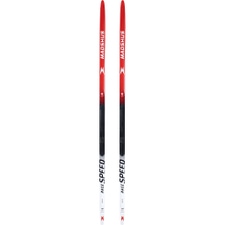 MadshusRace Speed Medium + Rottefella Performance 23/24 Skating Ski Set (Ski + Binding)MSRP 454,95 €279,00 €Available Sizes:182187
MadshusRace Speed Medium + Rottefella Performance 23/24 Skating Ski Set (Ski + Binding)MSRP 454,95 €279,00 €Available Sizes:182187



Cross Country Skis at Sport Conrad
Passionate cross-country skiers and those who want to become one will find a huge selection of different cross-country skis. Whether classic, skating or backcountry - with this winter sport, everyone can enjoy the outdoors. Find your cross-country ski at a top brand and learn now what matters when choosing your cross-country skis. Get all the important information about styles, skis and more at Sport Conrad!
The perfect Ski for your preferred style
Before you put together your cross-country skiing equipment, you need to be clear about which style is right for you. Generally, cross-country skiing is divided into three styles: classic, skating and backcountry. Find exactly the right cross-country ski for each style.
Gliding through nature on classic cross country skis
If you like to glide through winter landscapes in a relaxed way, classic skiing is just the thing for you. In this classic form of cross-country skiing, you move on your skis in two tracks laid out parallel to each other, the so-called cross-country track. The area in the middle of the ski that is somewhat raised by a curved shape, the so-called climbing zone, is pressed forcefully into the ground here and by a pushing-off movement you glide forward on the rest of the ski. The motion sequences here are very similar to the normal walking movements, which is why classic cross-country skiing is very well suited as a discipline for beginners. Thanks to new equipment, however, you can already speed up here without having to practice to overcome large ascents before.
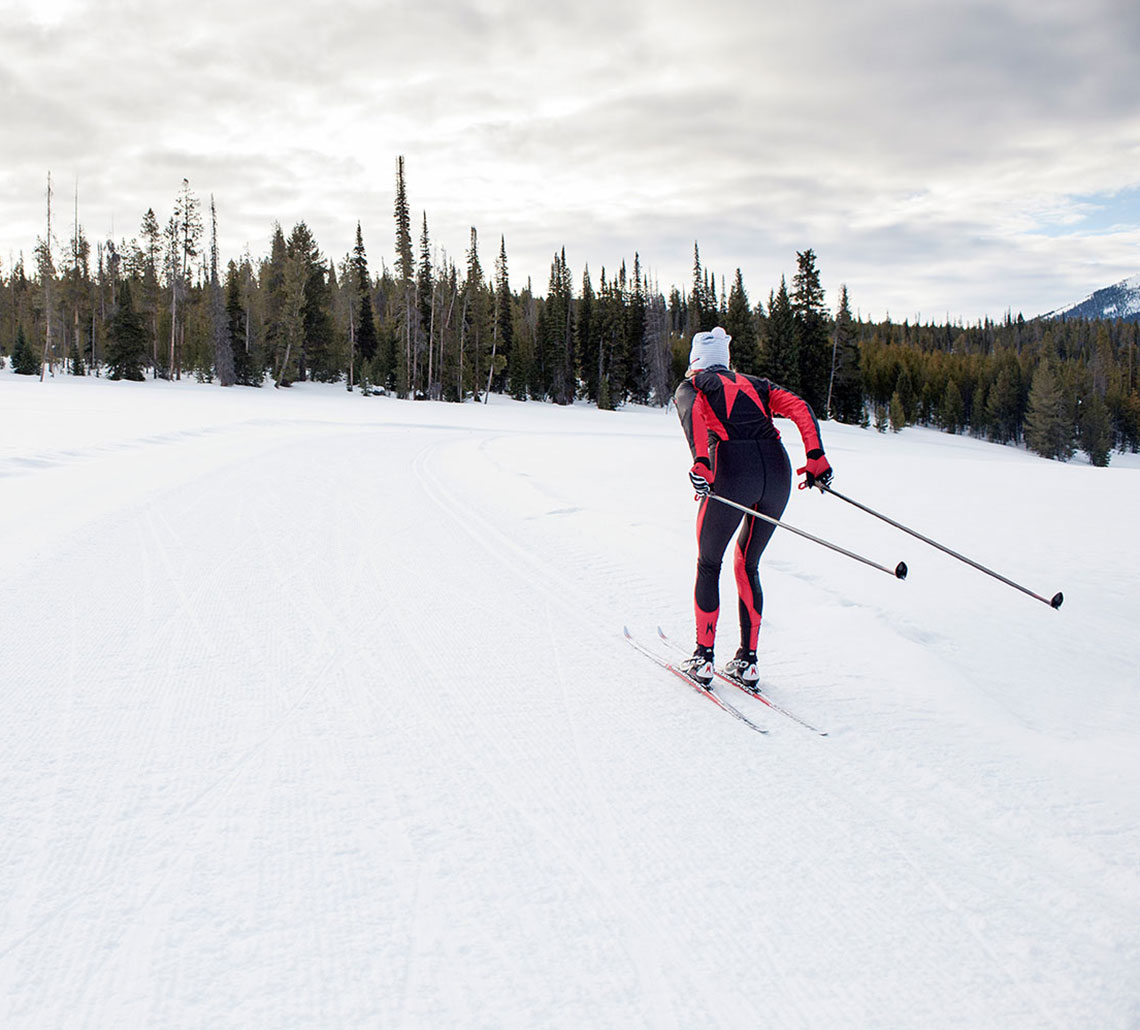
Athletic cross country skiing on skating skis
With skating skis, on the other hand, you are not restricted by the track and are usually much faster. On skating skis you are very agile and train the whole body, while you leave climbs and curves behind you without any problems. This is why it is often referred to as the "free technique". The basis for movement on skating skis is the so-called V-style. In order to do so, you press the edge of one ski into the snow and push off as powerfully as possible. Meanwhile, the weight is shifted to the other cross-country ski to glide forward. As with classic cross-country skiing, the skating technique involves moving along a groomed trail, which is merely a wide track of flattened snow.
Backcountry cross country skiing in deep snow
If you want to be completely free and like to find your own way, then backcountry cross-country skiing is the best option for you. Here you make your own way with your cross-country skis through untouched deep snow and remote landscapes. This style of cross-country skiing is therefore also considered the most original form of locomotion on cross-country skis. The movement is very reminiscent of classic cross-country skiing. The biggest difference is in the terrain, because backcountry skis are less suitable for the straight track, but more for untouched deep snow.
Which cross country ski suits you best
Whether you're a beginner or a pro - when buying your cross-country skis, you need to pay special attention to a few factors. These include your body weight and your height. The ski length is mainly dependent on your own size. However, your cross-country skiing technique is also important for the appropriate length of the skis. Especially with the technique, there are some differences in the structure of cross-country skis.
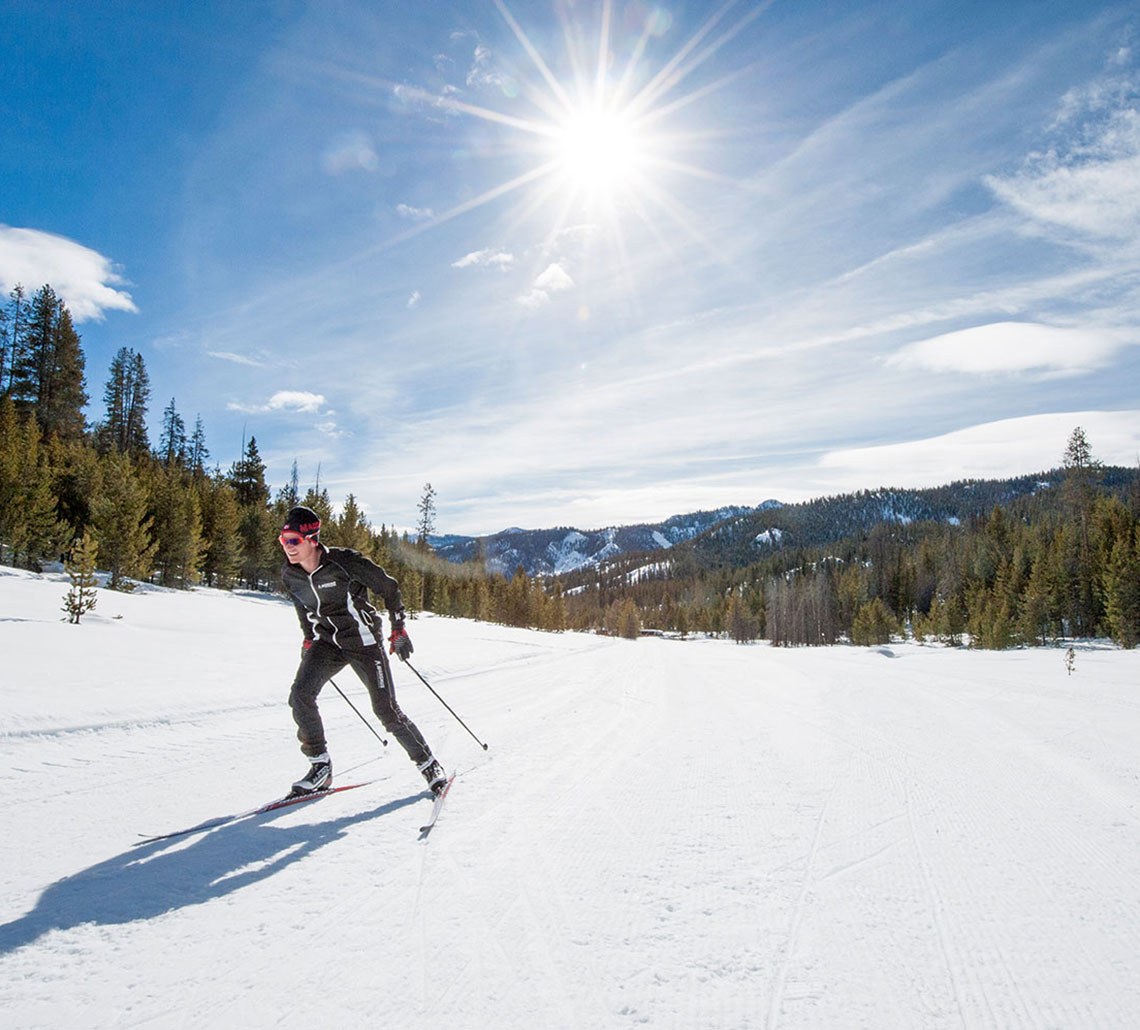
Classic cross country skiing with wax- and no-wax models
Classic skis have a climbing zone, and a gliding zone in the front and rear thirds. Depending on the model, the climbing zone is treated with climbing wax or klister, which is particularly effective in wet and old snow. There are also suitable klisters and climbing waxes for every snow and temperature condition.
Classic cross-country ski models that rely on this variant of the climbing zone are generally referred to as wax skis. For those who find it too much effort to re-prepare their skis before each session, there are some alternative climbing aids. For example, fish scale skis, which have a scale or a so-called "crown pattern" that hooks into the snow, making it easier to advance.
Probably the latest variant of no-wax skis are skin skis, in which, similar to touring skis, a skin creates the necessary grip on the ground. With furred skis, you are also in good hands in any snow condition. All these variants are summarized under the term no-wax ski. The front and rear parts of the ski are often treated with glide wax, so that you can glide on them as far as possible through the trail. Since the climbing zone does not touch the ground during gliding due to the curvature of the ski, the weight of the athlete plays a very important role in choosing the right skis.
Choosing the perfect skating skis
Skating skis, on the other hand, are treated with glide wax throughout and have no climbing zone, as here you push off with the edge of one ski and glide forward on the other. In addition, they are usually harder and also shorter than classic skis, since this cross-country technique involves transferring more power to the cross-country ski. When choosing cross-country skis, you can also say that the better the skier, the harder the ski. Since softer cross-country skis are even more forgiving of minor mistakes, they are particularly suitable for cross-country skiing beginners.
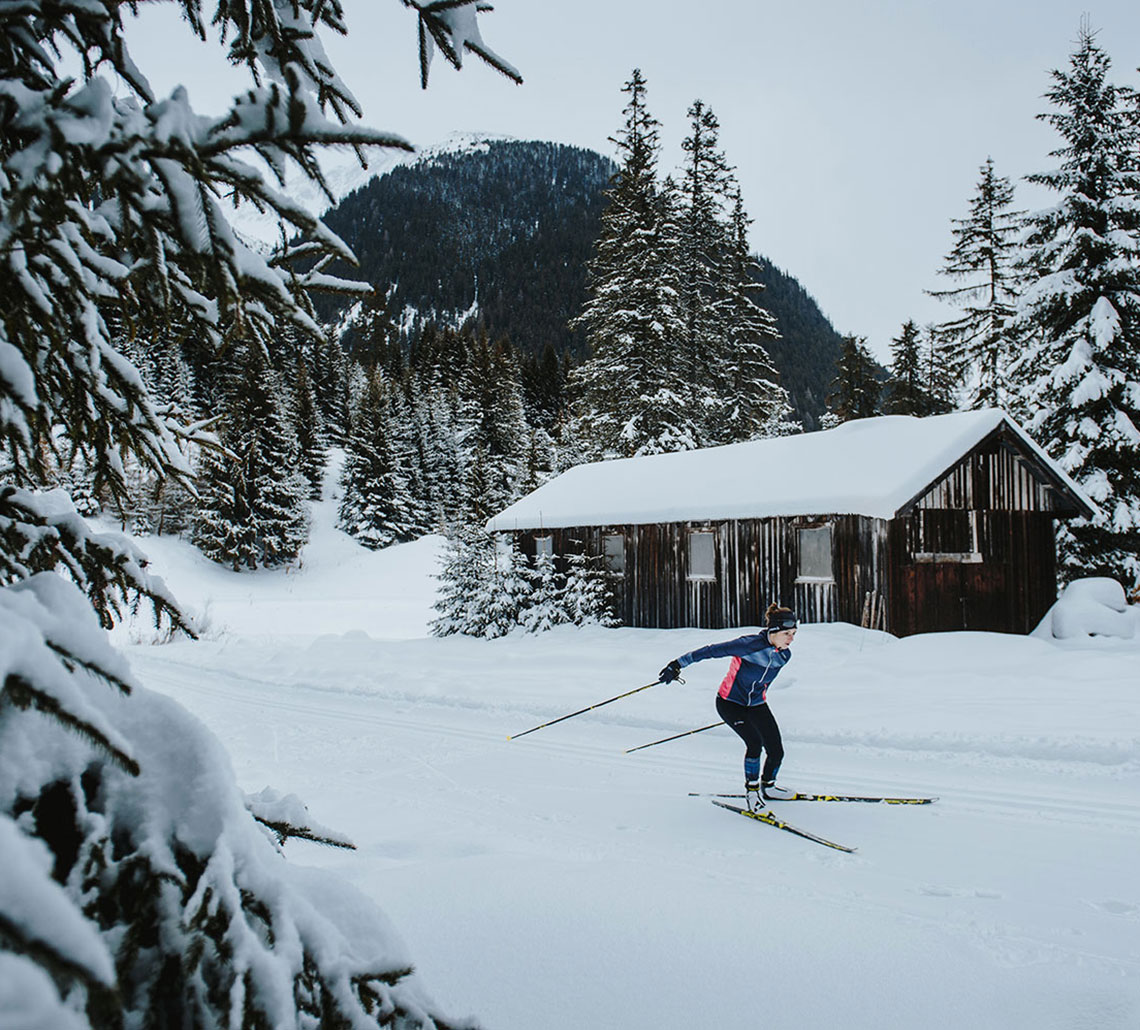
Wider cross country skis for your backcountry adventure
Finally, there are the backcountry - cross-country skis. Compared to the other two variants, these are much wider and have steel edges. Similar to the classic ski, they have a climbing zone in the middle, where you again have the choice between scale structure or fur. Both have their advantages. While you can overcome steeper sections a little easier with the skin-skis and have better climbing behavior, the scale ski glides comparatively better. If you set out on a longer climb, a separate climbing skin can be retrofitted in a similar way to touring skis.
Since backcountry skis are used in untouched terrain, they are much more robust and offer sufficient lift in deep snow. However, these cross-country skis do not glide quite as well as classic skis, which is not a big problem because backcountry skiing is all about experiencing untouched nature and not about going as fast as possible.
Cross Country Skis, boots & more for your wintersports season
Once you have found the right cross-country ski for you, you still need boots, poles and more to get started. Above all, you should make sure that you choose the right cross-country ski boots for the binding on your cross-country skis.
Generally, a distinction is made between the SNS binding system and the NNN system. Since these two systems are not compatible with each other, you must pay close attention when buying. In addition, a distinction is made between classic, skating and combination boots, while the first two are adapted to the respective discipline, the combination boot can be used for classic and skating and is therefore particularly suitable for those who do not specialize in either discipline. However, we also offer pre-configured cross-country ski sets in which the cross-country skis and binding are already perfectly matched.
Just as important as the right shoes are suitable poles. Skating poles are usually chosen slightly longer than classic poles. For cross-country skiers who ski both classic and skating, a variable pole with adjustable length is recommended. Of course, you can also add our cross-country poles to your sets.